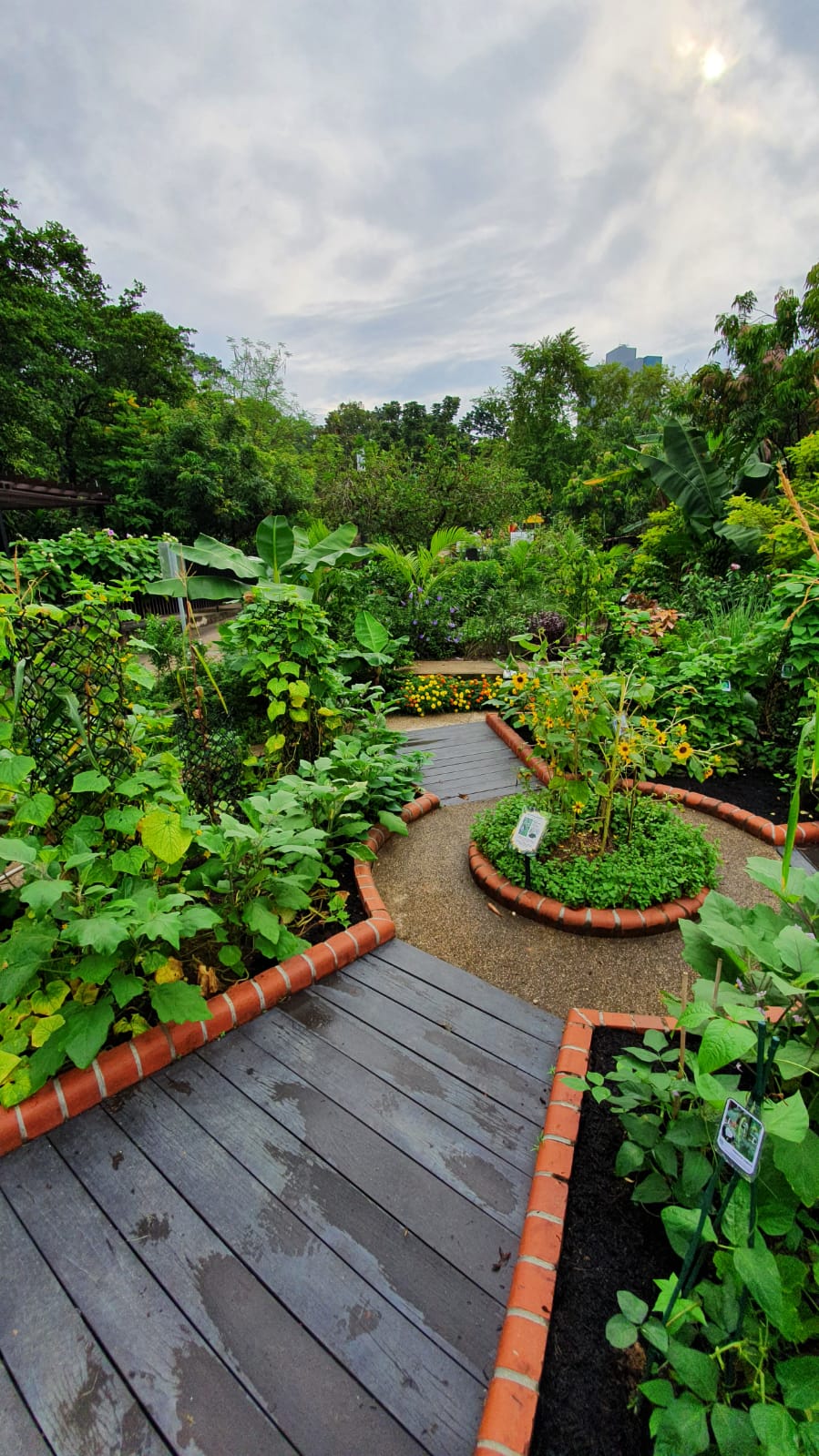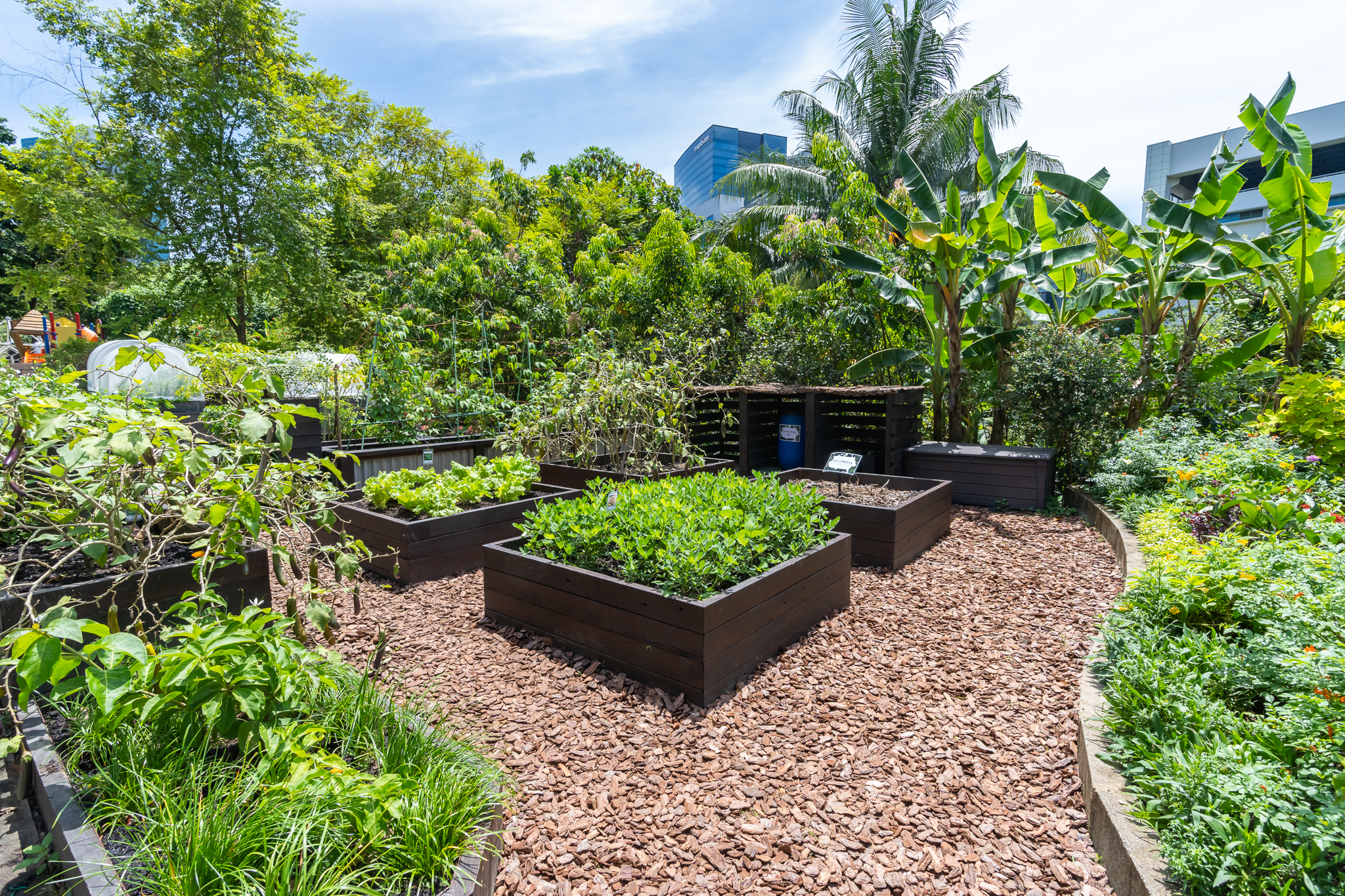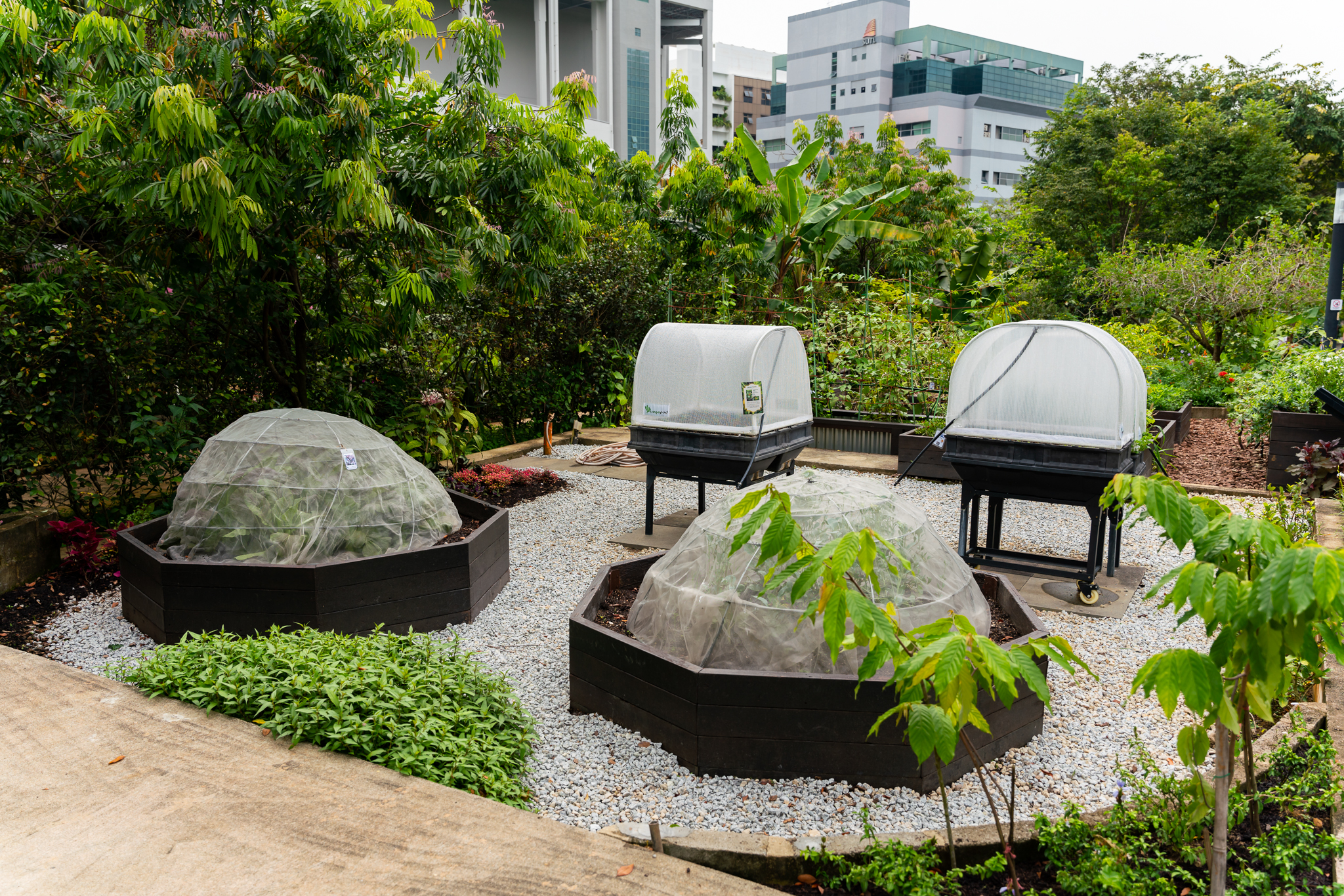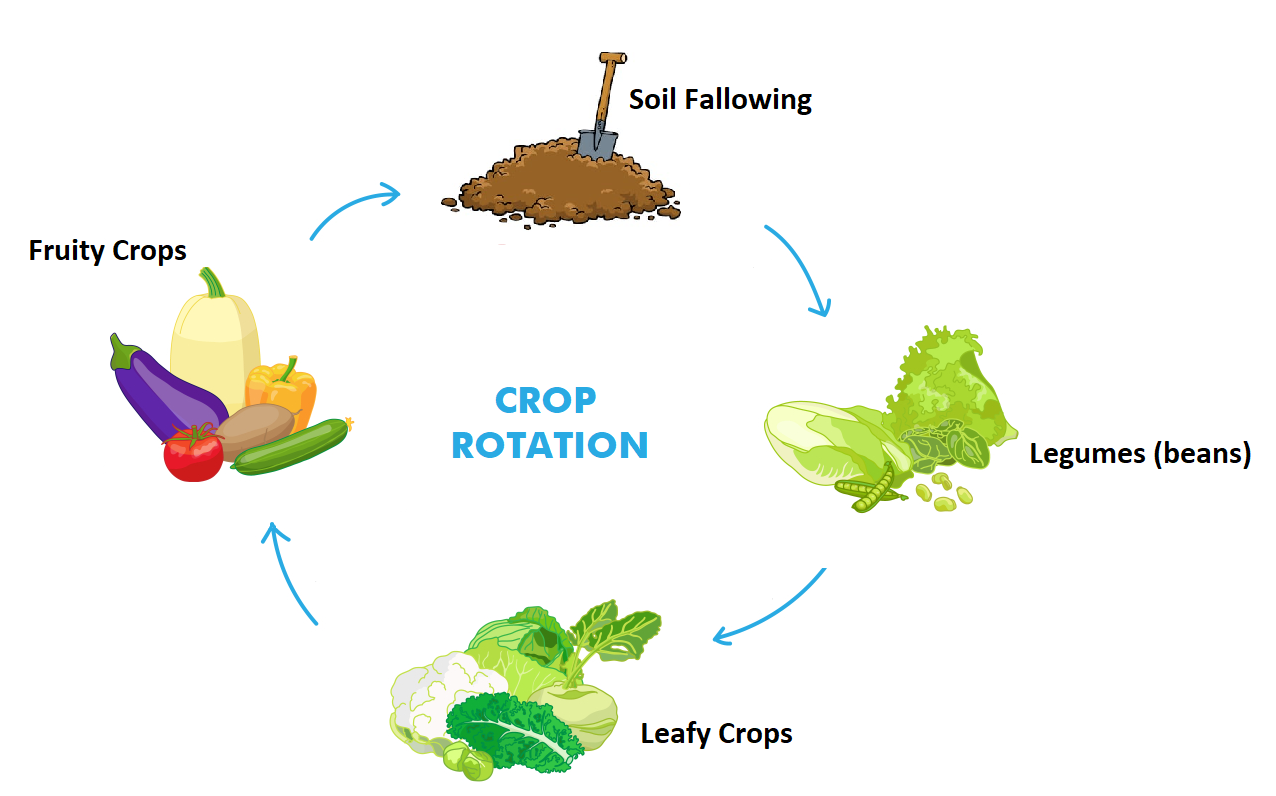3) Practice Companion Planting 
Companion planting brings mutual benefits and reduces the need for chemical treatments.
The concept of companion planting can help to reduce the use of chemical treatments. When certain plants are grown adjacent to one another, mutualistic beneficial properties may arise.
For example, a popular combination of companion plantings uses corn, beans and pumpkins. Here, corn provides structure for the beans to climb, while the beans fix nitrogen from the air into the ground to enrich the soil. Meanwhile, the pumpkin’s broad leaves provide shade that acts as weed management.
For more sustainable horticulture tips, head on down to the Valley of Edibles at HortPark. Within the Valley of Edibles is the Edible Garden, which brings visitors on a journey through various edibles plots showcasing various leafy, colourful vegetables and heirloom varieties that can be used in our daily culinary dishes.
The Valley of Edibles also demonstrates sustainable gardening practices for mini gardens, which are highly useful for our urban landscapes. You can take a virtual tour from the comfort of your home.
Learning More
If you are a gardening newbie, visit NParksSG, our refreshed YouTube Channel that serves as a one-stop repository for some 300 video resources. It covers topics ranging from types of soil needed for your garden and how to plant, harvest and even cook your edibles.
For more information about the flora and fauna found in Singapore, please visit Flora and Fauna Web.
If you like what you read, follow us on Facebook, Instagram and Telegram to get the latest updates.
Text and photos from Jacky Loy










